Are you ready to capture your experiences with top-notch quality? Whether diving into ocean waves, hiking mountains, or capturing your family reunion, picking the right camera can be difficult with so many options. But don’t worry. We are here to help. Level up your adventures with a camera that is guaranteed to capture high-resolution images.
What is high resolution?
Capturing and enjoying visual content has taken a huge leap with high-resolution photos and videos. This simply means pictures and videos with a lot of pixels, resulting in incredibly detailed and clear images. These high-res visuals are so sharp that they accurately capture even the tiniest details. High-resolution visuals are essential in many fields, like printing and digital displays. For example, photographers can produce large prints with fine textures and details using high-resolution cameras. Videos shot in high resolution are also much sharper, making everything on the screen look well-defined, with smoother transitions between colors compared to lower resolutions.
As 4K and 8K resolutions become more common, videos are showing more detail and realism than ever before. Plus, you can crop, zoom, or edit high-res images or videos during post-production without losing any quality.
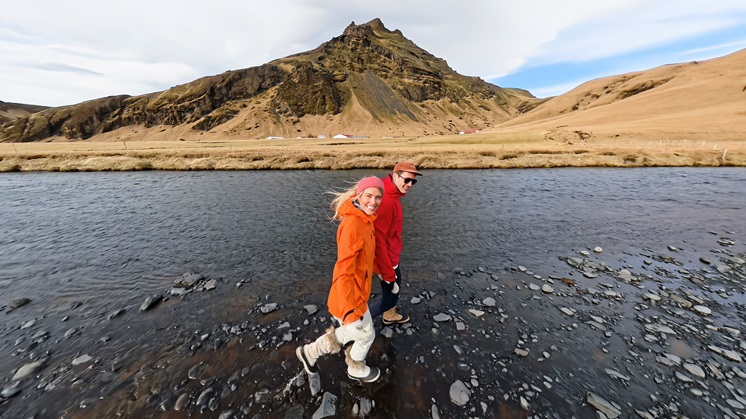
What qualifies as high resolution?
For everyday photography needs, such as social media posts or small prints, a resolution of 300 pixels per inch (PPI) is recommended for high-quality images. However, common high resolutions range from 12MP-20MP, 20MP-30MP, and 30MP+, which are suitable for large-scale prints, commercial photographs, or any other situation requiring extreme detail.
Disadvantages of High-Resolution Cameras
- Low-Light Conditions
Too much information in an image taken with a high-resolution camera can cause problems, especially in low-light conditions. In such situations, the smaller pixels on sensors used for higher resolution might struggle to gather enough light, leading to increased noise levels and decreased dynamic ranges. This limitation can affect the overall quality of photographs, particularly when lighting conditions cannot be controlled effectively.
- Common High-Resolution Standards
Generally, high-resolution images mean more than 20 million pixels for static pictures, and for videos, they can reach 4K resolution (3840 x 2160). Meeting this criterion ensures that images will be super crispy across various platforms, including professional photography or filmmaking.
Advantages of High-Resolution Cameras
- Unmatched detail and accuracy
High-resolution cameras are very good at taking photos of small objects, allowing you to see every little detail. They keep the fine texture of everything and can even capture differences in shade that are hardly noticeable. Moreover, they save all the tiny details, making the images look more natural. This feature helps to bring out the beauty of photos and videos and allows for post-editing without losing quality, as the abundant information can be used during editing.
- Versatility and flexibility
High-resolution photos offer a large range of creative options because they can be manipulated in many ways. With numerous pixels at your disposal, you can crop, resize, and reframe an image without losing any clarity. This flexibility means there are no limits on artistic possibilities; you can experiment with different layouts or looks until you create something truly unique!
Although high-resolution cameras often struggle in low-light conditions, these cameras enable users to create high-quality images for various purposes. One use is printing them on billboards, where clarity is essential for such large displays. Another use is editing them for digital media or websites, where images need to be displayed in large formats while maintaining quality. Additionally, these screens should support various resolutions, such as 720p, 1080p, 1440p, and 4K, necessitating different kinds of images.
Choosing the Right High-Resolution Cameras
Getting the best high-resolution camera requires considering several factors. While these cameras offer unmatched accuracy and detail, there are a few other important aspects to keep in mind.
- Large File Sizes and Storage Management
High-resolution images have large file sizes, requiring investment in high-capacity storage tools and efficient organizational systems. Managing and archiving these files can be tedious, making effective organizational tools and high-capacity storage devices essential.
- Editing performance and software requirements
Editing high-resolution images requires powerful equipment and software, including a strong computer with ample RAM and CPU performance, as well as professional editing applications that don't crash or lag. Upgrading hardware and software for this purpose can be costly and time-consuming.
- Lens performance and expensive equipment costs
To get the best performance from high-resolution cameras, it's crucial to use top-notch lenses, which can be expensive. Additionally, accessories like tripods and lighting systems can add to the costs. Investing in the best lenses and necessary accessories is essential for capturing great, high-resolution images.

- Bulky equipment and complex settings
Due to their weight and size, professional high-resolution cameras are difficult to manage and transport. They also have complex features that may be hard for beginners to understand, and using the camera at its full potential requires mastering these functions.
Introducing Insta360 Ace Pro and X4
In the world of high-definition cameras, Insta360 Ace Pro and X4 are among the best options available. X4 captures full 360° high-definition images and videos, recording up to 8K30fps, ensuring every detail is visible. It also has inbuilt 360º Active HDR, producing high-quality pictures even in varying lighting conditions.

Insta360 Ace Pro, co-engineered by Leica, targets professionals. Its advanced 1/1.3" sensor and SUMMARIT lens enable it to capture high-quality shots with crisp detail. This model excels in challenging lighting conditions, preserving superb picture clarity.
Why are Insta360 Ace Pro and X4 the best high-resolution cameras?
With their high-resolution images and easy handling, Insta360 Ace Pro and X4 outperform all other products in their category. X4 is perfect for taking full 360° photos and videos of exceptional quality, making it ideal for sharing creative content or capturing content for industry professionals, like virtual tours. With more pixels than most current devices, it can produce quality images other cameras would struggle to produce.
Insta360 Ace Pro is the go-to choice for those seeking the sharpest, most detailed footage. Co-engineered with Leica, it delivers images of unrivaled quality and accuracy.
How do I take high-resolution images with high-resolution cameras?
Low-Light Conditions
Taking high-quality pictures in places with low light can be difficult, but Insta360 Ace Pro and X4 have made it easier. Here are tips that will help you capture clear images even in such an environment:
- Use a tripod: The All-Purpose Tripod helps to stabilize shots that reduce motion blur during long exposures.
- ISO Settings: This affects how bright or dark your picture will appear. Change according to the lighting in each environment.
- Active HDR: Use the camera’s built-in HDR for dynamic, detailed footage.
- External Lighting: Using flash or continuous lights can help illuminate the subject.
Bright-Light Conditions
A lot of light is available in bright-light conditions like outdoors, well-lit indoors, or daylight scenes, making them perfect for high-resolution photography. To get the best results in such conditions, you can:
- Set ISO Low: This will help maintain the image's high quality while reducing noise.
- Aperture and Shutter Speed Adjustment: Details should be captured without overexposing, so balance exposure through this adjustment.
- ND (Neutral Density) Filters: These filters can be used to control the intensity of light and prevent overexposure.
- Proper Composition: Take advantage of the high resolution by capturing detailed and well-composed photographs.
Both Insta360 Ace Pro and X4 are excellent high-resolution cameras, allowing you to take incredible, high-resolution footage no matter the lighting. They offer advanced sensor and lens technology for exceptional image quality and come with features like 360° imaging capabilities, 8K resolution, and mobile editing tools.
For more information and advice, check out this blog, which goes further into what Insta360 Ace Pro and X4 can do. Happy shooting, and enjoy capturing those stunning, high-resolution images!
Keen to keep up to date on Insta360 stories? Keep an eye on our blog and sign up for our mailing list.


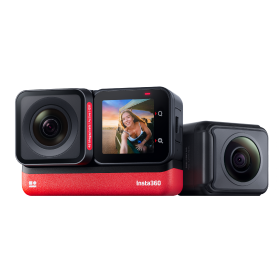


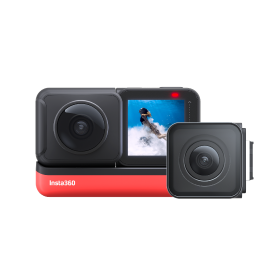
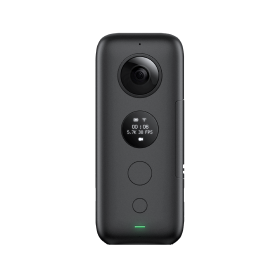

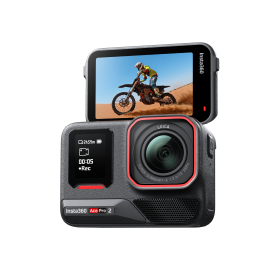
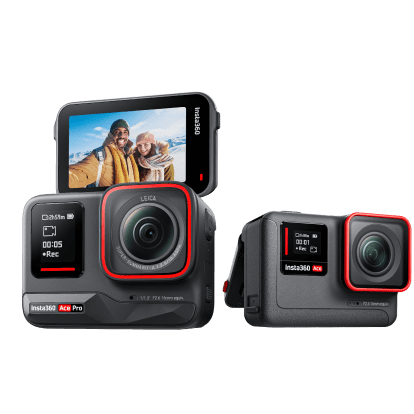
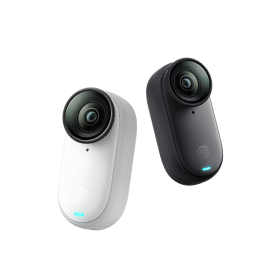



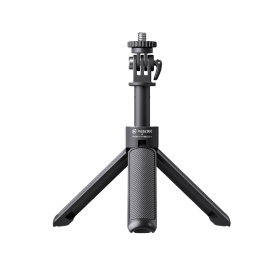



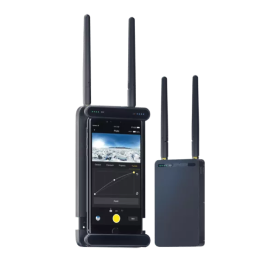




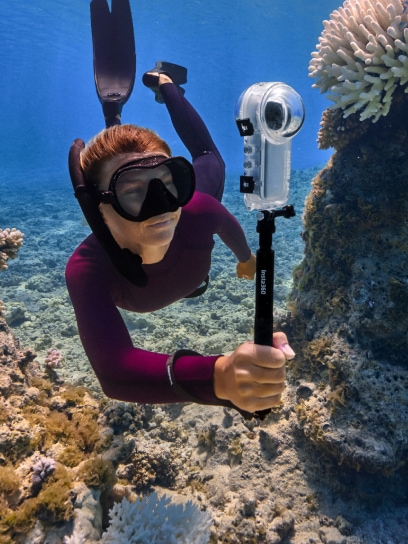
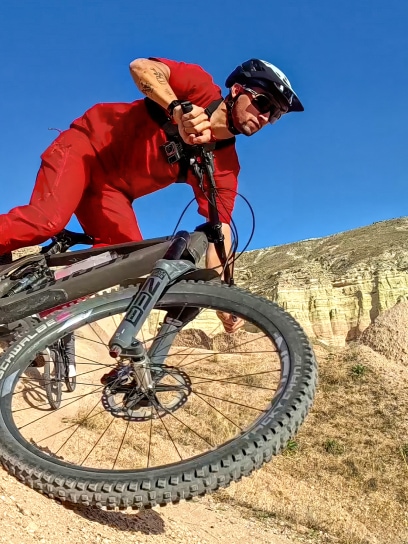

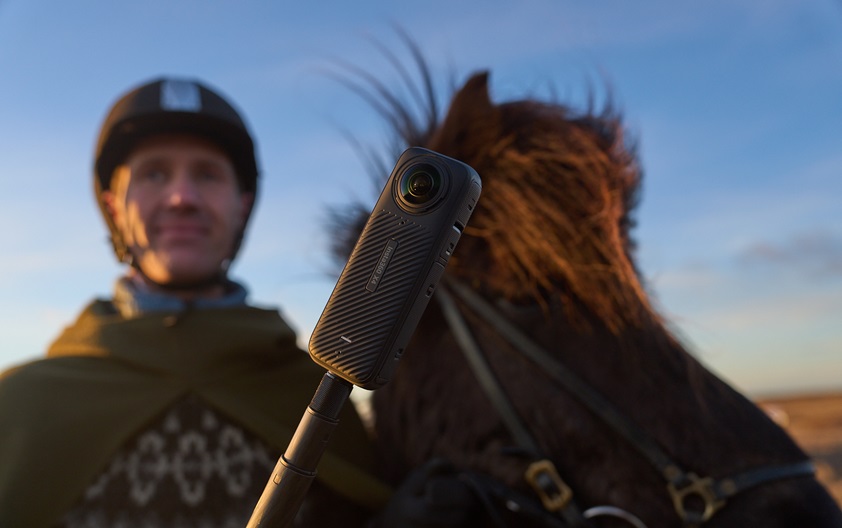

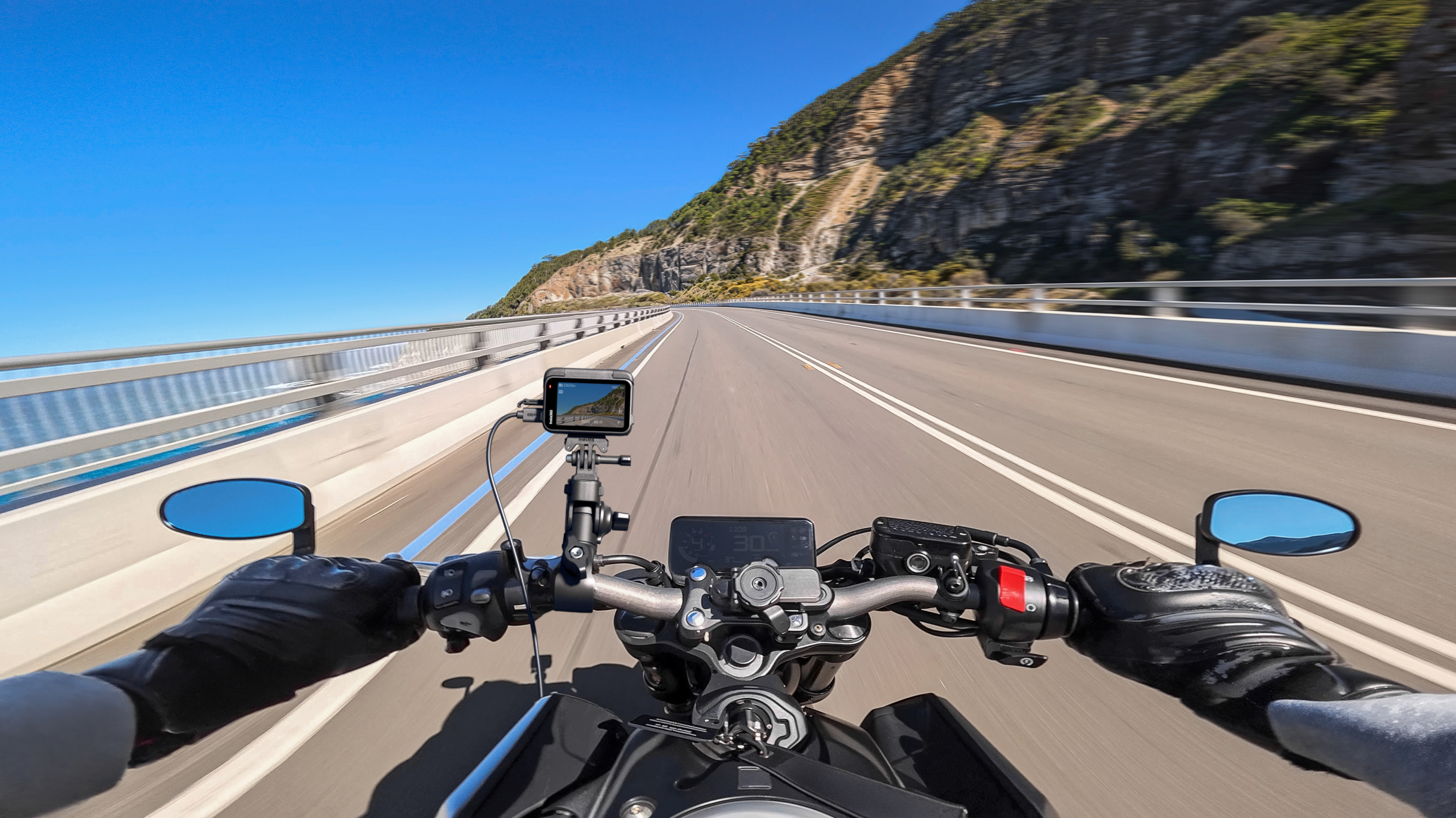
.png)